This was no ordinary deer I was looking at through my spotting scope - he was huge! Normally, a buck that was missing his G3 tine on one side wouldn’t even get me excited, but the fact that this buck had that classic boxy rack, great mass and a 33” outside spread, more than made up for the missing G3.
The buck was on the opposite side of the basin, and just like the bucks rack, this basin was huge. I would need to cover some serious ground. After hastily gathering up all of my gear, I grabbed my pack and the stalk was on. I followed the small ridge I was on which eventually joined the main ridge which formed the east side of the basin. Once on the main ridge, I had all of my elevation gained and made great time over the next mile. As I approached the last finger ridge before the spot I last saw the buck, my pace slowed dramatically. I eased over the ridge, but could not see the buck. As I glassed into the small stunted pines where I had last seen the buck, I could make out his massive tines among the twisted maze of branches. He was taking advantage of the small piece of real estate which happened to be covered by the shadows.
In years past with my rifle in hand, this stalk would be over and done with at this point. But since I had a bow in my hand, this stalk was just beginning. The first 1 ½ miles were easy, it was the 200 yards between the buck and I that had me concerned. This was a situation I was not used to and I felt a bit out of my comfort zone. With a rifle, 200 yards seems like nothing, but with a bow in hand, it seemed like a very, very long distance.
The wind was really swirling and the buck was not in the most stalkable position, but given the fact that I had just busted my butt covering a mile and a half, I wasn’t about to walk away from this situation without giving it a shot. I was determined to get this buck. I eased my boots off and slipped a pair of heavy wool socks over my feet and began my descent towards the bedded buck. I was doing all the good. Before I knew it, I was at a small cluster of trees located 100 yards directly above the buck. If I could make it 50-60 more yards, I would be golden.
That thought had no sooner crossed my mind when I heard the distinctive noise of hooves bounding across the mountain. The jig was up. I immediately sat down and all I could do is watch as the buck made his way across the open hillside to my right. When he was 200 yards out, he stopped and turned to look back. I felt helpless. Here was a monster buck standing 200 yards broadside looking at me and all I could do was look at him through my binoculars. This bowhunting thing wasn’t going to be as easy as I had previously thought. On that morning in the high country, it became very evident that my rifle hunting skills that I had honed throughout the years, would have to be seriously modified if I was going to have any success with a bow. I had a lot to learn.
That particular stalk was several years ago. I dabbled in archery for a year or two, but the combination of not taking it very serious and not having any quick success, I eventually gave it up. I went back to rifle hunting because it was much easier to achieve success. I continued rifle hunting for many more years, but the bowhunting challenge kept tugging at me and would not go away. Two years ago, I decided it was time to take on that challenge one more time, but this time would be different. This time, I would take it serious and devote as much time to it as needed. With my bow in hand, I set out for the high country in pursuit of high country mulies with a newfound determination like never before.
Now, after two seasons of pursuing one of the toughest critters in North America with my bow, I have had tremendous success and have learned a lot about mule deer and myself. I feel that I have gained knowledge and have become a much better hunter with each successive trip to the high country. I now have confidence in a weapon that just a few, short years ago, I did not.
I know there are a lot of hunters out there that have gone through what I have and have experienced failure in crossing over from rifle to a bow, but I am here to tell you, it can be done. Although at first it can seem downright impossible – rest assured, it is not. Following are the five most important lessons I have learned in my successes and failures over the past couple of years while pursuing high country mulies. Hopefully after reading this article, it will make your transition from a rifle to a bow much easier.
Lesson 1 – Patience
This can be the hardest lesson to learn and apply for many people, but without the proper patience, you will not find success very often. Years ago, when I first picked up the bow, I had very little patience. Rather than backing off a stalk when circumstances were questionable, I would always force the issue which always ended with the same result, a blown stalk. Once I began to back off, even if it meant not getting a stalk that particular day, my stalks became more and more successful.
Nowadays, I would rather have one perfectly setup stalk with favorable conditions in three days of hunting, than three questionable stalks in one day of hunting. Remember, be patient and choose your battles wisely.
Lesson 2 – Scent control
To be honest with you, I never worried about the wind a whole lot while rifle hunting. As a matter of fact, I would intentionally use my scent blowing in certain directions to my advantage in order to bring deer out into the open. With bowhunting, scent control and the wind is of the utmost importance. You can do everything else 100 percent right, but if you don’t have your scent covered and the wind in your favor, it’s over. Plain and simple!
The first part of scent control is the most important – keeping the wind in your favor. Before I even begin my stalk, the first thing I ask myself is which way is the wind blowing. It is essential you do this because it will dictate the direction in which your stalk will take place. The best way to do this is to carry one of the small plastic powder jars on the market. You simply give it a squeeze and it will detect even the slightest of breezes. Because the winds swirl frequently in the high country, be sure to use the powder bottle often as you are closing the gap.
Cover scent is the other element of scent control. It is not nearly as important as keeping the wind in your favor, but the way I look at it, it is an added insurance policy to have. I believe in having a good cover scent just in case the wind swirls momentarily. It will not totally mask your scent, but it may be just enough to hold up the buck for a second or two which might make the difference between a blown stalk and a successful one.
When choosing a cover scent, be sure to pick one that is commonly found in your hunting area. For instance, I hunt in areas with many rutting elk; therefore, I prefer to use cow in heat elk urine scent. I use the wafers which are made by H.S. Scents and attach them to my clothing during the last 200 yards of my stalk.
Lesson 3 – Practice, practice, practice
Simply put, archery is a year round commitment. You might be able to pick up your rifle two days before the season and go sight it in and get away with it, but with a bow, this does not cut it. One slight change in your form can have drastic impact on your accuracy. Joining an archery club would be the very best advice I could give anyone. Not only does it give you a place to practice shooting all year, but the fact that you are on the line with several other people in competition mode, adds to your ability and confidence to pull off that pressure shot during actual hunting circumstances. You owe it to the animal you are hunting to have the ability to make a quick, clean kill.
Whether you are just practicing, or are shooting league, I would recommend shooting with your hunting setup. I see a lot of guys switch to line cutting arrows and crank their bows way down in order to shoot higher scores. To me, if score is that important during league, get a target bow. I think you are better off shooting your exact hunting setup all year long. I do. That way, I get to know my equipment and my shooting ability inside and out.
Lesson 4 – Spend more time afield
Bowhunting takes time; sometimes lots of time. Rifle hunters can have a lot of success doing a day hunt or even an afternoon hunt, but odds are, you will not share the same success with a bow, especially on mule deer. With a rifle, you can simply spot a buck 300 yards away and the hunt is over, with a bow, you must learn the animal’s behavior patterns. You need to learn when and where he eats, sleeps and drinks. The more you know about your quarry, the more success you will have.
Learning an animal’s habits and behavioral traits does not happen overnight. You need to spend as much time in the field observing and hunting mule deer as possible. I honestly believe you should schedule 7-10 day hunts if possible. If you have time to preseason scout and watch the bucks for a few days before the hunt, you can probably get by with a 5 day hunt.
Not only does it take time to learn behavior, but it just takes time for everything to come together. There will be lots of times you will get within bow range, but even under the best of circumstances, that doesn’t guarantee that you will always get a shot. There seems to always be something that goes wrong. It can range from not having a shooting lane, swirling winds, spooking another deer you did not know was there and I could go on and on listing other scenarios. Simply put, the more time you spend in the field, the more success you will have.
Lesson 5 – Make the bow your main weapon
Back when I was dabbling in archery, I wasn’t willing to dedicate enough time to archery hunting because I wanted to save all of my vacation for the rifle season. My lack of success was evidence of that. Now that my bow has become my primary weapon, success has followed. I am not saying that you need to totally give up rifle hunting, but I will guarantee you this, if you are willing to make archery hunting a priority, you will start punching your tag more often. This was a commitment that took me many years to make, but one that was essential to achieve success.
This article originally appeared in the Eastmans' Bowhunting Journal.

CROSSING OVER by David Long
You may also like
View all
#thisismyhighcountry
Find your High Country
Spend time in the places you love the most. Good gear, means you can spend more time there.
Let us help you make the most of your time in the mountains.
text us: 307.242.1477
Let us help you make the most of your time in the mountains.




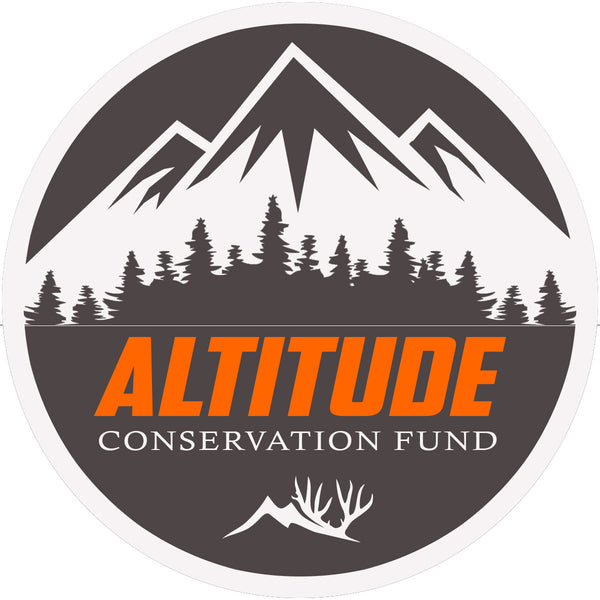
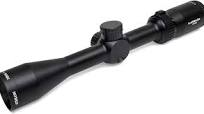

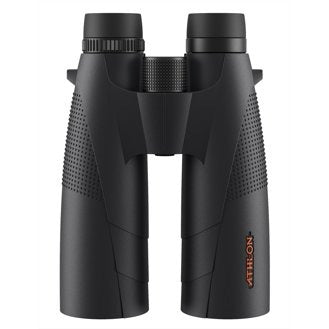
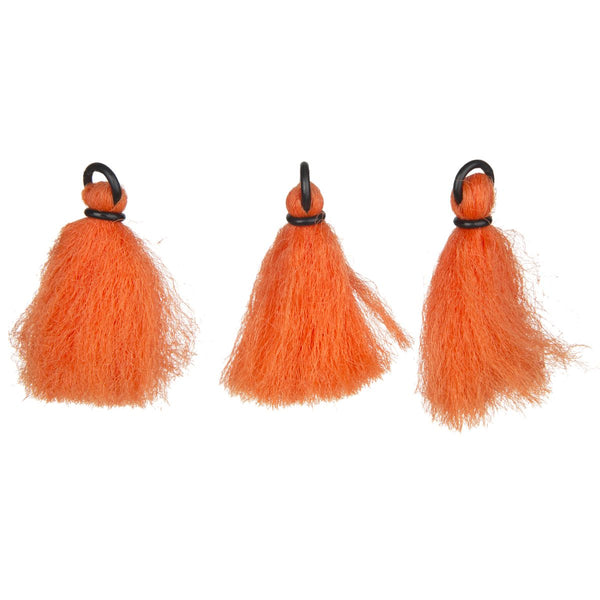
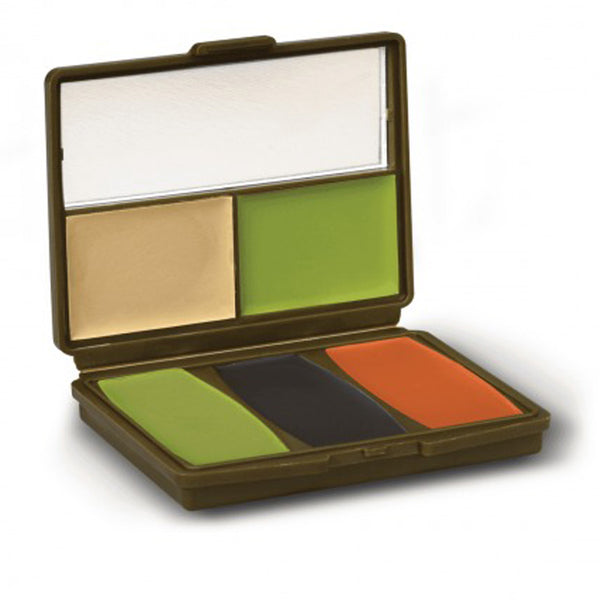






Leave a comment